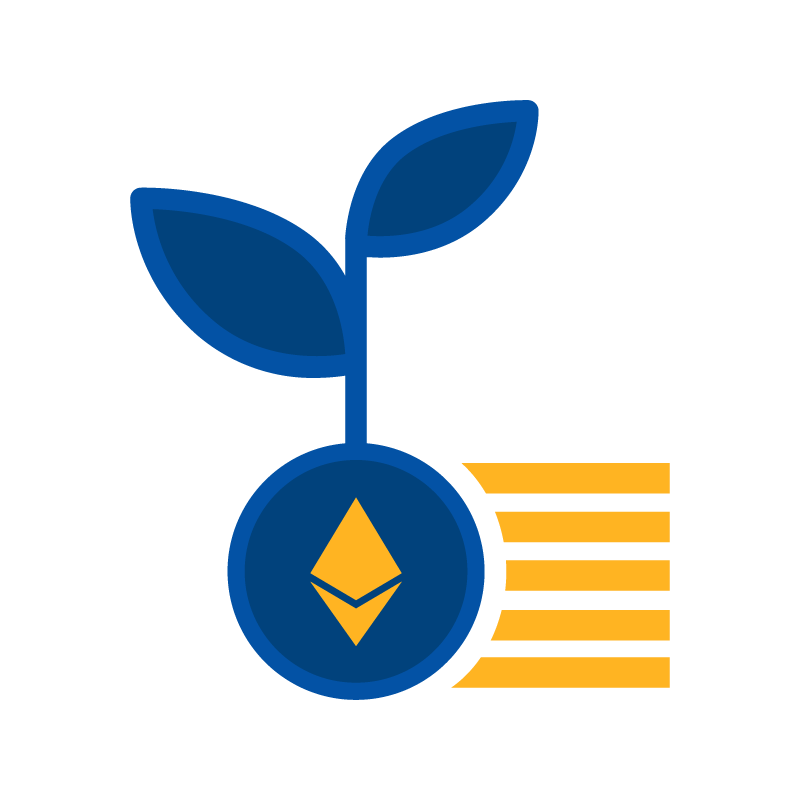Earn sustainable yield with ease across multiple chains and DEXs in our optimized liquidity vaults.


Add or migrate liquidity to Unipilot.
Unipilot manages your position on Uniswap v3, keeping it concentrated around the current price at all times.
Sit back and relax knowing that you are always earning high returns.

The protocol takes a 10% cut of fees earned. This revenue is then used to reward PILOT stakers and to cover protocol expenses.

PILOT stakers receive 40% of protocol revenue paid in ETH. This gives the PILOT token strong utility and allows our community to benefit from the success of Unipilot.


















When Uniswap announced that Uniswap V3 would enable liquidity providers to concentrate their liquidity into tighter price ranges to earn more fees, we realized there was a need for a service that could optimize and automate the process to remove the complexities of liquidity management.
When you provide liquidity on Uniswap v3, you have to select the price range for your capital. Select a concentrated range and you can earn far higher fees. However, when the price moves out of this area, your liquidity becomes inactive and you stop earning any fees.
Conversely, if you select a wide range, your returns will be limited. Unipilot selects the optimal range for your capital so you can earn higher returns and save on gas, as the protocol rebalances your position into a new optimal range on your behalf when necessary, and auto-compounds earned fees to increase returns.
Unipilot supports two DEXs: Uniswap V3 and QuickSwap V3, and six chains: Ethereum, Polygon, Polygon zkEVM, Arbitrum, BNB Chain and Dogechain.
We'll be adding support for more chains and DEXs over time!
The PILOT token can be staked to earn a share of protocol revenue paid in ETH every block.
Revenue earned across all chains where Unipilot is present is shared with stakers on the Ethereum chain.
Returns earned by Unipilot users could be described as “real yield”, as they are non-inflationary and paid to you by traders on the underlying AMM (Automated Market Maker) such as Uniswap v3.
These traders are using your liquidity to buy and sell assets, and they pay a fee (typically 0.3% or 1%) which goes to liquidity providers. When your liquidity is optimized, you earn a higher share of these fees.
Therefore, as long as DEXs are being used by traders, there will be returns for Unipilot users. The Unipilot protocol itself is sustained by a 10% tax on fees earned.
First and foremost, it is advisable to provide liquidity for tokens from projects that you like and trust. Active vaults, with the Pilot logo, are created and managed by Unipilot. They have passed certain criteria related to legitimacy and volumes.
You can also decide which type of vault to use: Wide, Balanced or Narrow. See our article for guidance.
Providing liquidity on concentrated liquidity exchanges can be a daunting and costly experience, as users need to predict the optimal price range for their capital and pay for numerous transactions to reactivate the position when it goes out of range.
Unipilot keeps DEX liquidity positions in an optimal range so that users no longer need to predict the best price range nor pay gas fees to keep the position active.
The result is a better experience and potential for higher returns for LPs. For projects, this optimization also leads to greater capital efficiency for their token and enables lower-slippage trading.
Unipilot takes a 10% cut of fees earned on the protocol. This is then used to reward PILOT stakers and to cover protocol expenses.